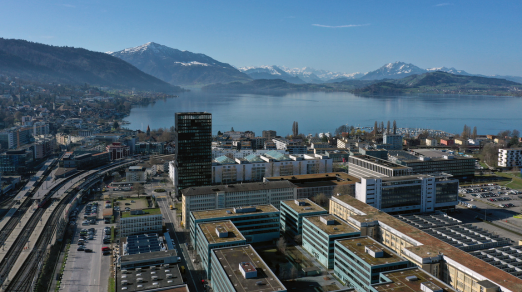Switzerland’s railways are an essential component of its national identity, providing reliable and efficient transportation that connects the country’s regions and supports its economy. Over the years, advances in technology have reshaped railway operations, enhancing efficiency and safety. However, the integration of digital systems—from signaling to ticketing—has introduced new vulnerabilities, making railways susceptible to cyberattacks. Recognizing this risk, the Federal Office of Transport (FOT) has issued a comprehensive cybersecurity directive. This initiative aims to secure the digital backbone of the railway system, ensuring that Switzerland continues its legacy of innovation and safety.
Switzerland’s dedication to railway safety dates back to the Railway Act of 1852, which established standards for operations, maintenance, and accident prevention. This foundational legislation ensured the consistent and reliable functioning of railways, prioritizing public safety and infrastructure integrity.
In the 20th century, Switzerland became a leader in railway technology. The Integra-Signum system, developed in the 1930s, revolutionized signaling by improving communication and reducing collision risks. Later, the adoption of the European Train Control System (ETCS) in the early 2000s marked a significant leap forward. By enabling real-time communication between trains and control centers, the ETCS enhanced both operational efficiency and safety.
However, the advent of digitalization has transformed the nature of safety challenges. Once isolated systems are now interconnected, creating potential entry points for cyber threats. From ransomware attacks to data breaches, modern railways face risks that could disrupt operations and endanger passengers. The FOT’s cybersecurity directive addresses these emerging threats by establishing a robust and adaptive framework.
The new directive represents a proactive strategy to tackle cybersecurity risks in the railway sector. At its core, it emphasizes prevention, rapid response, and collaboration to ensure the resilience of critical infrastructure.
A central requirement of the directive is regular risk assessments. Railway operators must systematically evaluate their IT and operational technology (OT) networks to identify vulnerabilities. This process allows operators to address weaknesses proactively, reducing the likelihood of exploitation. These assessments extend beyond software to include hardware and operational protocols, ensuring comprehensive protection.
Incident reporting is another critical component. Operators are now required to promptly notify regulatory authorities in the event of a cybersecurity breach. Timely reporting enables coordinated responses and minimizes disruption. Additionally, it fosters knowledge sharing, allowing the sector to learn from each incident and strengthen its overall defenses.
Technical measures outlined in the directive include network segmentation, which isolates critical systems from less secure components, reducing the risk of widespread compromise. Data encryption protects sensitive information, while multi-factor authentication strengthens access controls. Together, these measures create a layered defense against cyber threats, safeguarding both operations and data integrity.
Collaboration is a cornerstone of the directive. The FOT encourages partnerships between public and private stakeholders to facilitate information sharing and collective problem-solving. This collaborative approach ensures that operators remain informed about emerging threats and adopt best practices, reinforcing the sector’s capacity to withstand cyberattacks.
The directive’s impact extends beyond technical safeguards. For passengers, it ensures confidence in the railway system’s reliability, even in the face of evolving threats. For operators, it provides a clear framework for integrating cybersecurity into their safety strategies. For policymakers, the directive underscores Switzerland’s leadership in addressing the challenges of digitalization.
By aligning with international standards such as the European Union’s NIS2 Directive, the FOT’s initiative enhances cross-border collaboration. This alignment strengthens Switzerland’s relationships with neighboring countries and solidifies its reputation as a pioneer in railway safety and innovation.
The directive is not a reactive measure but a forward-thinking strategy designed to future-proof Switzerland’s railway infrastructure. It ensures that the country’s railways can adapt to the demands of the 21st century while maintaining the highest standards of safety and efficiency. As Switzerland continues to build on its rich history of railway innovation, cybersecurity will remain central to its commitment to excellence.






